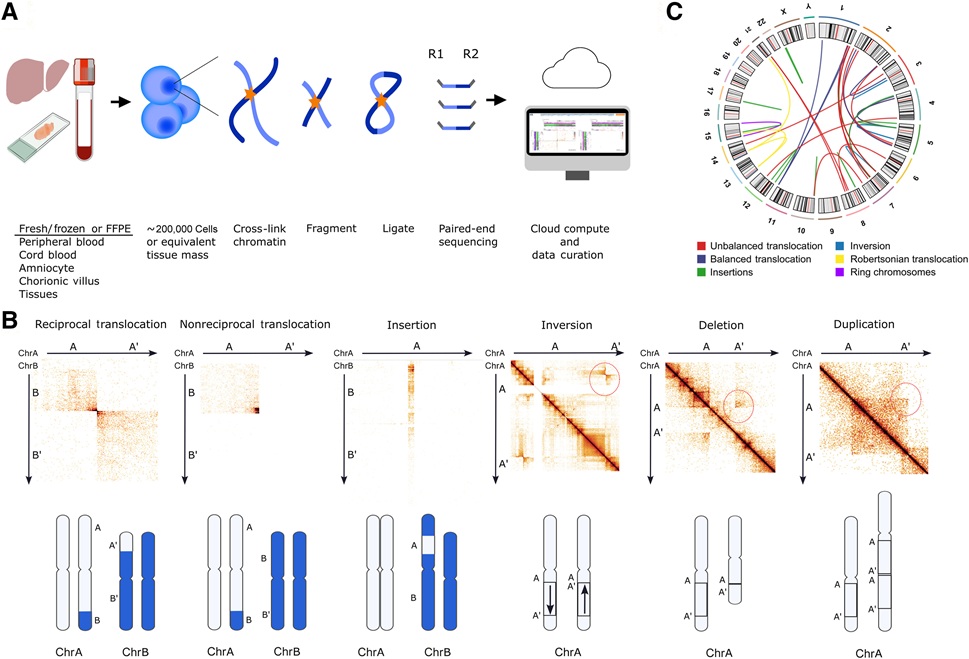Biomarker Helps Guide Treatment of Melanoma
By LabMedica International staff writers
Posted on 06 Nov 2013
A functional biomarker can predict whether mutant melanomas respond to drugs targeting a particular gene and could help guide the treatment of patients with these cancers.Posted on 06 Nov 2013
Approximately 50% of melanomas harbor mutations in the v-Raf murine sarcoma viral oncogene homolog B1 (BRAF)-gene, and the US Food and Drug Administration (FDA; Silver Springs, MD, USA) has approved two drugs that target BRAF for the treatment of such cancers.

Image: Histopathology of melanoma (Photo courtesy of Priscilla Lynch).
Scientists at Massachusetts General Hospital (Boston, MA, USA) discovered that not all patients with BRAF-mutant melanomas respond to treatment with these drugs, and most of those patients who initially respond eventually relapse because their tumors become resistant to the effects of the BRAF-targeted drugs.
BRAF gene mutations lead to inappropriate serine/threonine-protein kinase B-Raf (BRAF) protein activity, which, in turn, causes a cascade of inappropriate activation of numerous other proteins in the tumor cell. The scientists examined whether there were differences in the activity of the proteins downstream of BRAF in BRAF-mutant melanoma cell lines responsive and resistant to an oral tyrosine kinase inhibitor of mutated BRAF drug.
The investigators found that decreased phosphorylation of the protein S6 after treatment with the drug was associated with responsiveness of BRAF-mutant melanoma cell lines to the drug both in vitro and in mice. They then analyzed S6 phosphorylation in tumor biopsies obtained from nine patients with BRAF-mutant melanomas before and after they had initiated treatment with a BRAF-targeted drug. Six patients had lower levels of tumor cell S6 phosphorylation after treatment compared with before treatment, and this was associated with an almost five-fold improvement in progression free survival.
The scientists evaluated a method to rapidly monitor, in real time, levels of S6 phosphorylation in tumor cells. They found that they could reliably assess levels of S6 phosphorylation in tumor cells in fine-needle aspiration biopsies from patients before and during the first two weeks of treatment with a BRAF-targeted drug, and that in these patients, a decrease in S6 phosphorylation after treatment correlated with treatment response.
Ryan B. Corcoran, MD, PhD, an assistant professor at the Massachusetts General Hospital Cancer Center, said, “We have developed a minimally invasive way to rapidly monitor post-treatment changes in S6 phosphorylation in patients’ tumor cells. As a result, we think that we can quickly determine whether or not a patient is likely to respond to a BRAF-targeted drug and help speed up treatment decisions, although we need to verify this in larger clinical studies.” The study was presented at the International Conference on Molecular Targets and Cancer Therapeutics, held October 19–23, 2013, in Boston (MA, USA).
Related Links:
US Food and Drug Administration
Massachusetts General Hospital














